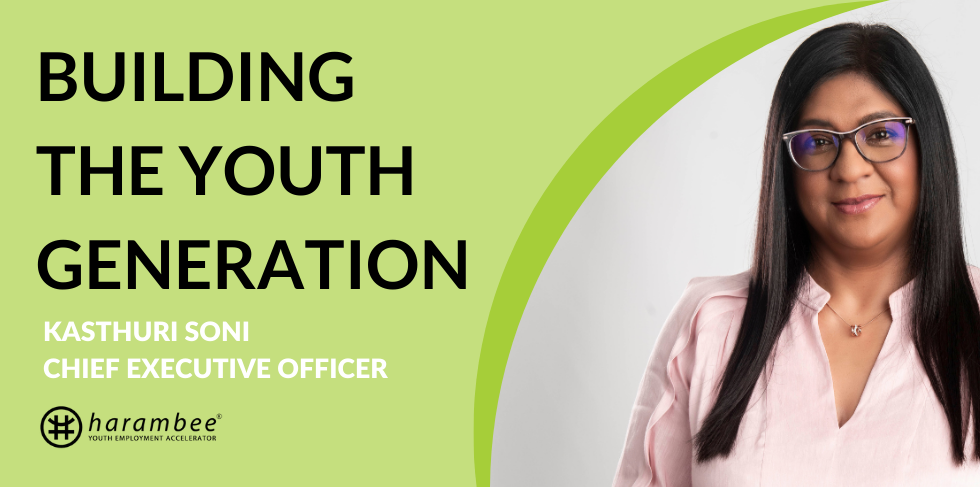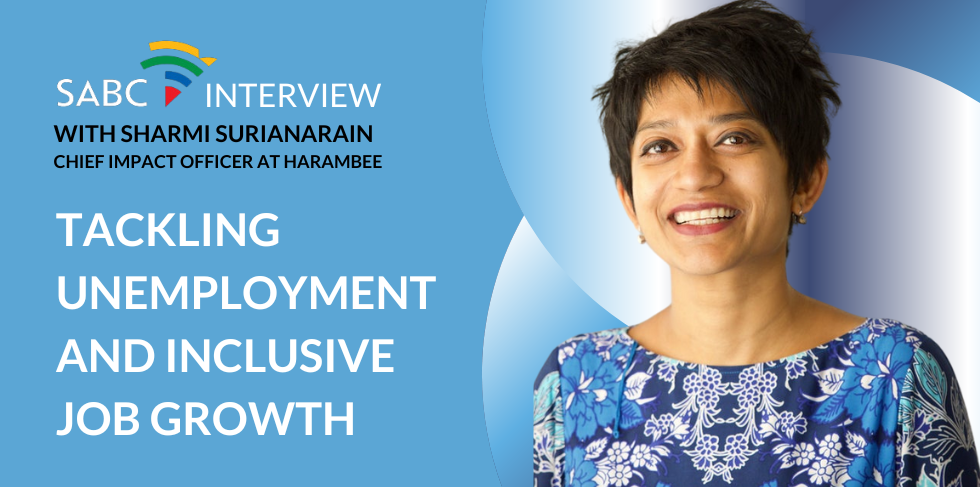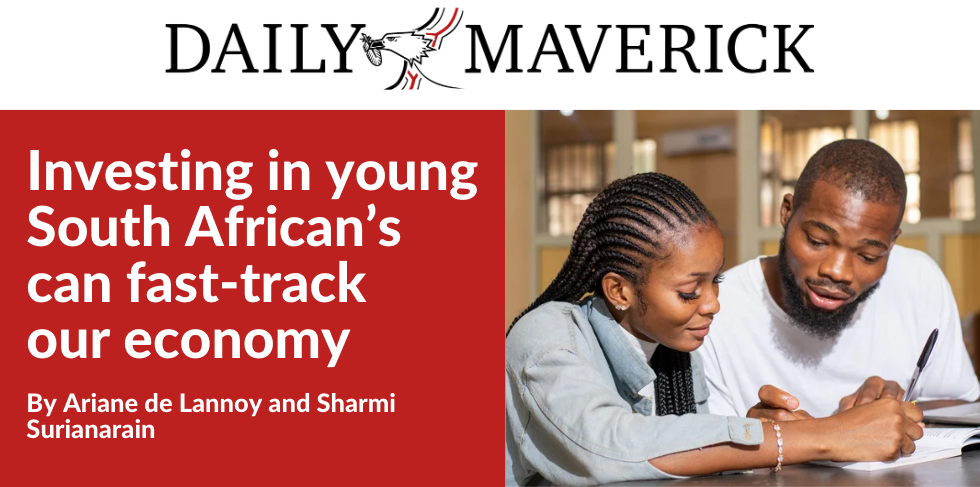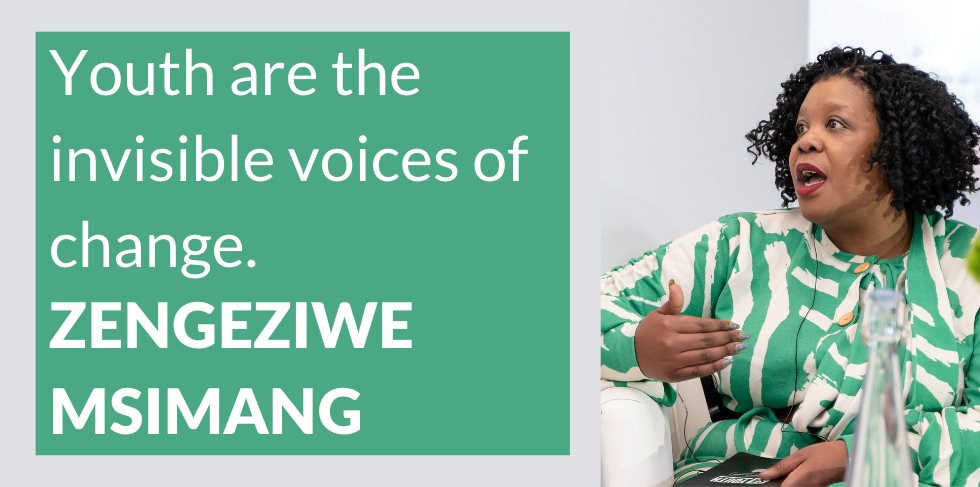An intricate network that stretches across Bangladesh, weaving together infant mortality training, artisan support and micro-lending, diary production and more. Cadres of student, parent, teacher, and administration leaders cultivated in countries across the world. Community health workers pushing vaccination rates from zero to nearly universal levels in one of Africa’s poorest nations. A Colombian educator whose pedagogical model for improving quality in early learning in rural multigrade schools has spread across Latin America and beyond. What do these inspiring and disparate examples have in common? All illustrate a key driver of social impact in action: system shaping.
First, some context. Nine months ago, Maryana Iskander and I shared with Fast Company our take on what it means to “blitzscale” in the social sector. Based on our experiences as leaders of Harambee: Youth Employment Accelerator and Generation: You Employed, two employment nonprofits, we had grown frustrated by well-meaning funders’ and stakeholders’ advice that we should take inspiration from Silicon Valley unicorns and aim for 10X or 100X growth in the number of people we served. We argued that achieving a hockey-stick rise in direct beneficiaries tells only part of the story. Instead, blitzscaling in the social sector demands going beyond increasing any single program’s metrics and instead becoming what we called “system shapers” – true partners who can embed the innovative changes they spark in established government systems policies, and fund flows.
But did this notion resonate with our fellow social innovators? If so, what does getting it right require? To learn more, we spoke with leaders at four of the most heralded nonprofit organizations globally: Asif Saleh of antipoverty group BRAC; Vicky Colbert of education nonprofit Fundación Escuela Nueva , Lisha McCormick at global healthcare organization Last Mile Health, and education innovator Wendy Kopp of Teach For All . Four clear takeaways emerged on the journey towards successful system shaping.
Love solving the problem, not your solution. Each of these remarkable organizations began by creating a specific program to address a specific need. But all quickly discovered they had to evolve upstream and downstream to tackle bigger, inter-connected sets of problems. “The way you think about how to be of greatest service changes over time,” says McCormick of Last Mile Health, which started its journey in Liberia by directly training community health workers. “When we realized that narrow approach was inadequate in terms of strengthening the overall health system, we had to evolve our capabilities.”
In Liberia, as in many countries, the bulk of scarce resources flow to disease-specific treatments, such as malaria or HIV. The Community Health Services Division of the Ministry of Health had historically received little funding or attention, and money often was tied up in disease-specific programs, which meant those delivering prenatal care could not tap into money earmarked for, say, malaria or HIV. Compounding the challenges, community health workers were expected to toil as unpaid volunteers. In partnership with the government, Last Mile Health built a comprehensive system solution that addressed how to recruit community health workers, how to train them, how to ensure they were well-stocked with appropriate medicines and supplies, how to supervise their performance, and how to incentivize them through appropriate compensation.
The impact has been rapid. In less than three years immunization rates among the target communities rose from 11% to 98%. The Ministry of Health is now working with Last Mile Health to create an international donor coalition to scale-up a national program to train and deploy 4,000 new community health workers serving one million patients.
In Bangladesh, BRAC’s system shifting has been positively Protean. It started as a relief organization to support ten million refugees returning to rural north-east Bangladesh from India in 1971 by offering six months of resettlement services. As refugees shifted from survival to making a living, BRAC launched microfinance services and social enterprises, ranging from dairy production to poultry. Then, to support artisans, BRAC created a lifestyle brand that commanded a premium by combining modern designers with an army of 65,000 rural artisans. Many of the artisans were women, who could only work if they could put their children in school during the day. Since there was little available schooling in rural areas, BRAC created one-room schools. At its peak, BRAC was running 64,000 schools in the early 2000s across the country. When BRAC saw high rates of infant mortality in rural areas due to diarrhea, it partnered with other organizations and government to develop an oral rehydration solution and taught 12 million mothers how to make it, reducing infant mortality rates by 60%. Says CEO Saleh: “At BRAC we always looked at ourselves as a solution system for dealing with poverty. There wasn’t any big plan that it would end up like this. It all happened organically by trying to solve one problem after another.”
Build leadership locally. “Who changes the system?” asks Wendy Kopp. “People. So what really matters is developing outstanding leaders who deeply understand local context and culture. They are the ones who will make community and system change happen.” Kopp founded Teach For America in 1989 to attract new talent into education by recruiting top students from top colleges to help improve school performance in low-income communities. But she learned that change takes a village and had to include cultivating leadership and agency in parents, students, and administrators as well. With the launch in 2007 of her global venture, Teach For All, her deep conviction about the crucial role of local leadership informed the network’s design, which consists of locally led, independent organizations that now operate in 61 countries. Echoing Kopp’s theory of change, all our CEOs agree that lasting change must flow from the bottom up and not just the top down, that any government action to improve outcomes won’t work without engaged leaders on the ground.
Forge a symbiotic mindset; be the yin to government’s yang. All these nonprofits take an adaptive, co-evolutionary approach to working with the existing policy apparatus. In some cases, when they find major service gaps, they create innovative solutions to fill the void. But when government is able to step in, they step aside and redirect their energy to other areas of need. Consider BRAC’s one-room schools. As the Bangladesh government gradually built rural schools, BRAC shut down most of its own primary school operations to focus on building vocational schools to address growing unemployment, as well as to create Bangladesh’s first private bank to finance small and medium enterprises.
This dance is not always simple. In Colombia, Vicky Colbert co-launched Escuela Nueva, a participatory pedagogy for how rural teachers can effectively teach multiple grades in a single classroom, in the mid-1970s when she was working within Colombia’s Ministry of Education. Later, in the mid-1980s as Vice Minister of Colombia’s Ministry of Education, Colbert and her team led the universalization of primary education and made Escuela Nueva a national policy for all basic education level schools in rural areas, reaching 20,000 schools. Later still, as she and like-minded colleagues left government, new challenges emerged, fueled by new decentralization trends and the loss of trained teachers, and Escuela Nueva’s progress faltered.
One of Colbert’s solutions was to create Fundación Escuela Nueva, a Colombian nonprofit, to cultivate social and private sector partnerships that could complement and bolster the government’s efforts. For example, the Fundación partnered with the Coffee Growers Association, which has a large presence in rural areas. It trained members of the Coffee Growers Association to teach the Escuela Nueva methodology and has since spread the model to several states and trained thousands of teachers. Beyond rural schools, the Fundación expanded its own innovation efforts, enriching its model to serve urban areas and migrant children, as well as training thousands of new teachers through its Renueva virtual campus to enable home schooling during the pandemic. Colbert’s advice: “Non-profits need to work with the government to achieve impact and coverage, but we need public-private-social partnerships and a role for civil society to achieve quality and sustainability.”
Credit is always shared Silicon Valley unicorns may get rewarded for chest-thumping and tooting their own horns loudly. But major players in the social sector know success must have many parents to be sustainable. “For solutions to last we need everybody to feel they have ownership over them,” says Kopp. Adds McCormick: “This can never be about us. It always has to be about the impact.”
Source: Written by Mona Mourshed is the founding global CEO of Generation: You Employed. Access it here: https://www.fastcompany.com/90707101/4-lessons-in-transforming-systems-from-the-worlds-best-social-impact-organizations





 Stay Connected
Stay Connected

